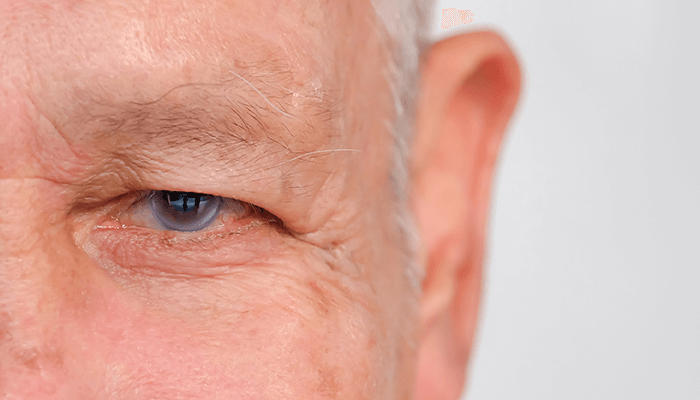
Picking parameters. A research group conducted a cross-sectional study to assess the accuracy of the performance of various optical coherence tomography (OCT) parameters in detecting glaucoma in highly myopic eyes (1). From this study, which included 132 patients, the researchers found that inferotemporal macular ganglion cell-inner plexiform layer thickness was the parameter that gave the highest diagnostic utility. They also noted that combining the temporal raphe sign with single OCT parameters, as was done in the University of North Carolina OCT index, may further enhance diagnostic performance in patients with high myopia.
Results translated. After developing a Moroccan Arabic dialect version of the Glaucoma Quality of Life-15 questionnaire, researchers examined the psychometric properties – including internal consistency, test-retest reliability and construct validity – of the translated tool (2). They found that the questionnaire, which was administered to 148 patients, took an average of just over three minutes and demonstrated adequate reliability and validity, positioning the tool as a valid and reliable tool for quality-of-life assessment within patients with glaucoma in Morocco.
Cannabis characterizations. What are the epidemiology and factors associated with cannabis use among open-angle glaucoma (OAG) patients? To answer this question, a University of California research group conducted a cross-sectional study of participants in the All of Us Research Program with OAG, finding that nearly half of this cohort were cannabis ever-users, with there being diversity within both ethnicity and socioeconomic characteristics including marital status, housing security and income and education levels (3). The findings may help identify patients who need additional outreach on unsupervised marijuana use.
Ratifying reports. Looking to provide direct clinical evidence to support the implication of heat shock protein (HSP)-specific T-cell responses in glaucoma pathogenesis by previous laboratory reports, a research team conducted a cross-sectional case-control study aiming to correlate SHP-specific T-cell levels with glaucoma severity in patients with primary open angle glaucoma (POAG) (4). They found that higher levels of HSP-specific Th1 cells are associated with thinner retinal nerve fiber layer thickness (RNFLT) in POAG patients and control subjects. This significant inverse relationship between RNFLT and the cell count of HSP-specific Th1 cells supports these T cells in glaucomatous neurodegeneration.
In Other News…
Differing damage. Differences in optic nerve head structure between OAG and acute angle-closure glaucoma (AACG) suggest alternate optic nerve damage mechanisms in the two diseases (5).
Non-causal code. DNA testing showed no non-synonymous mutations of EFEMP1 in juvenile open-glaucoma suggesting they are not a common cause of glaucoma (6).
No Added Ocular Surface Disease. Changing from preserved to preservative-free cyclosporine 0.1% improves ocular surface health and IOP control (7).
Counting the cost. At six years post surgery, prophylactic laser peripheral iridotomy (IPL) is cost-effective in primary angle closure suspects with more accrued quality-adjusted life years (8).
Prayer pressure. Performing traditional Muslim prayer positions significantly increases IOP in both healthy and POAG patients, not immediately resolving in over a quarter of individuals (9).
References
- Y Jeong et al., JAMA Ophthalmol, [Online ahead of print] (2023). PMID: 37200038.
- M Maiouak et al., J Fr Ophthalmol, [Online ahead of print] (2023). PMID: 37225606.
- J Wu et al., Heliyon, 9, e15811 (2023). PMID: 37215923.
- C Saini et al., Opthalmol Sci, 3, 100310 (2023). PMID: 37197701.
- JH Kong et al., Sci Rep, 13, 7935 (2023). PMID: 37193817.
- AZ Tejan-Kamara et al., Ophthalmol Glaucoma, [Online ahead of print] (2023). PMID: 37224920.
- A Konstas et al., Eye (Lond), [Online ahead of print] (2023). PMID: 37221362.
- S Sood et al., Ophthalmol Glaucoma, [Online ahead of print] (2023). PMID: 37212626.
- N Dar et al., Eur J Ophthalmol, [Online ahead of print] (2023). PMID: 37218165.
